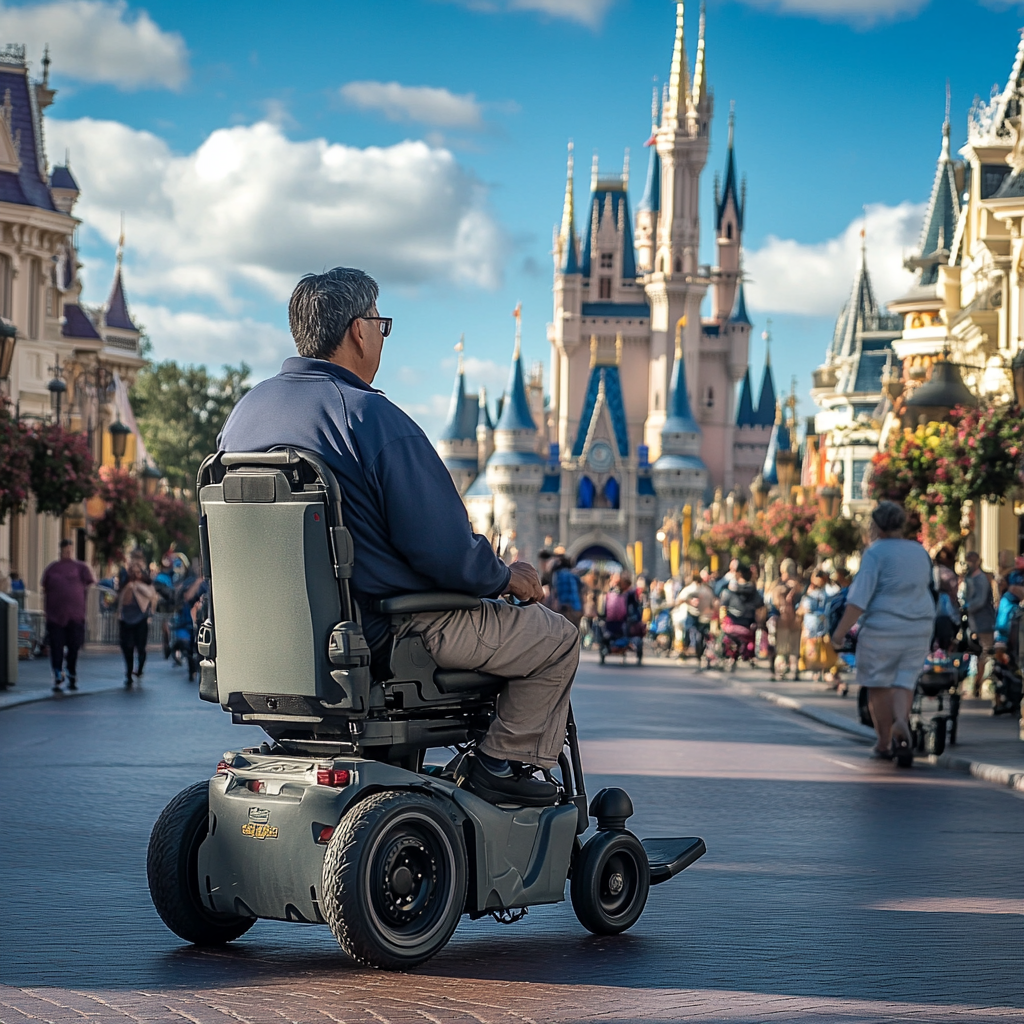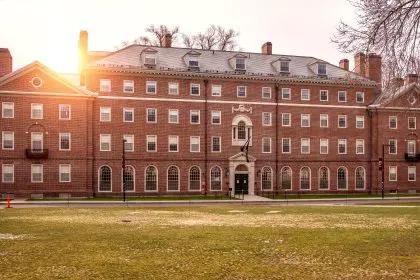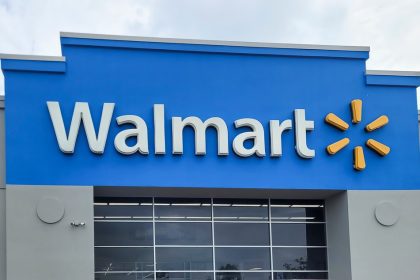For generations of families who’ve made Disney World their go-to vacation destination, recent changes to the park’s accessibility services have left many longtime visitors questioning their relationship with the House of Mouse. The situation has become particularly challenging for parkgoers who’ve been making the journey to Orlando since the 1980s and ’90s, watching their children grow up with Mickey and friends.
A shifting landscape for mobility assistance
The Magic Kingdom’s current shortage of electric conveyance vehicles (ECVs) represents more than just an inconvenience; it’s a significant barrier for visitors who’ve counted on Disney’s previously stellar accessibility services. The shortage has created a particularly frustrating situation for guests who remember when Disney led the industry in accommodating all visitors, regardless of their mobility needs.
The changes to Disney’s Disability Access Service (DAS) in 2024 have added another layer of complexity to an already challenging situation. Many visitors who’ve been annual pass holders for decades now find themselves navigating a more restrictive system that seems to prioritize efficiency over the guest experience that made Disney World legendary.
The real cost of restricted access
Data from the International Association of Amusement Parks and Attractions (IAAPA) Convention paints a sobering picture of the impact these changes have had on longtime parkgoers. Half of the guests denied DAS access reported they would reduce their visits, while more than a third indicated they wouldn’t return at all. For families who’ve built traditions around their Disney visits since the park’s earlier days, this represents more than just a change in policy; it’s the end of an era.
The ECV shortage has become particularly problematic as Disney pushes guests toward these mobility solutions while simultaneously failing to meet the demand. For visitors who’ve been making the trek to Orlando for decades, watching the park struggle with basic accessibility needs feels like a departure from the values that once made Disney World special.
When tradition meets new limitations
The situation becomes even more poignant for guests who’ve witnessed Disney’s evolution since the ’80s and ’90s. These visitors remember when the park set the gold standard for accessibility, making it possible for multiple generations of families to enjoy the magic together. The current challenges with both ECV availability and DAS restrictions have created barriers that seem particularly jarring for those who’ve experienced Disney’s previous commitment to inclusivity.
DAS Defenders, representing thousands of advocates, has gathered more than 33,000 signatures demanding change. The organization’s push for restoration of previous DAS eligibility criteria resonates strongly with longtime visitors who’ve seen the park’s approach to accessibility evolve — not always for the better.
Moving forward or losing legacy?
As holiday crowds continue to test Disney World’s capacity, the park’s ability to serve all guests faces unprecedented scrutiny. While Disney has attempted to address concerns by extending DAS registration periods and enhancing staff training, these measures haven’t adequately addressed the fundamental issues facing longtime visitors.
For families who’ve been visiting Disney World since its earlier days, the current situation represents more than just an inconvenience; it’s a departure from the values that made the park special. The challenge of maintaining Disney’s reputation for magical experiences while adapting to modern demands has created a tension that’s particularly noticeable to those who’ve witnessed the park’s evolution firsthand.
The path forward requires Disney to reconcile its operational needs with the expectations of guests who’ve built decades of memories within its gates. Until then, many longtime visitors find themselves reconsidering their relationship with a place that once felt like a second home. As the conversation around accessibility continues, the voice of experience from legacy parkgoers adds a crucial perspective to the ongoing dialogue about Disney World’s future.











